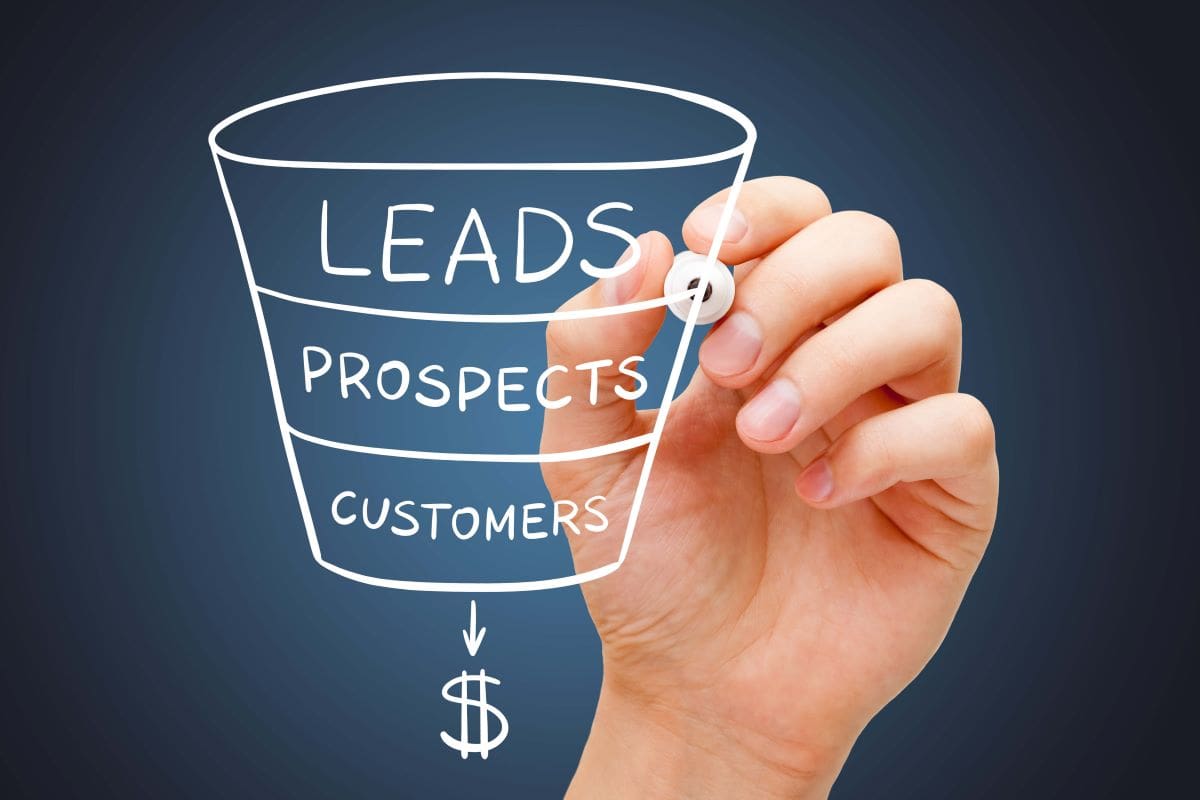
Every lawn and landscape company wants to make more sales and developing a formalized sales funnel helps hone your staff’s efforts.
“When tracked and evaluated, it becomes easy to see what works and doesn’t work in sales efforts and focus only on the most profitable activities,” says Neal Glatt, managing partner of GrowTheBench. “In fact, studies have shown the companies who have a formalized sales process grew their revenue 18 percent more than those who didn’t.”
Depending on the markets served and the size of the company, the tracking complexity, steps required and methods employed will vary for the nature of the sales funnel.
Elements of a Sales Funnel
There are four main elements to a sales funnel: awareness, interest, decision and action. Like an actual funnel, the first phase starts with the most people and narrows along the process until you have qualified leads who end up purchasing your services.
Awareness can be achieved through a multitude of marketing elements, but the goal is simply to let them know about your business and what you offer. The interest phase is when the potential client is doing research and thinking over their options. This is where you can establish your expertise and help them make an informed decision.
“There are many marketing activities that could support sales efforts in an effort to nurture prospects including direct mail, email marketing, webinars, lunch-and-learns, social media, or targeted offers, but these are typically more effective at developing prospects into leads rather than converting leads to sales,” Glatt says.
At the decision phase of the funnel, the consumer is ready to buy, they just haven’t selected which company they plan to work with. The action phase is obviously the end goal where the customer does the action you’re wanting to perform, in this case, purchase your services.
Cold, Warm and Hot Leads
In your funnel, you will have cold, warm and hot leads. Typically, a cold lead is someone who has little to no previous knowledge of your company. A warm lead might be someone who has requested a quote or expressed some interest in your company or its services. While a hot lead is typically a personal referral that is qualified or an existing customer.
However, Glatt notes that what defines a cold, warm and hot lead will vary depending on the company.
“Using a CRM to track and rate leads is a great place to start,” Glatt says. “This allows a centralized directory of leads to be managed and moved through the sales funnel as they are qualified. Lead sources can include networking, database mining, direct marketing, referrals, and upselling of clients.”
When it comes to how to nurture these leads to the next stage of the funnel, Glatt says successful sales only happen when talking live with leads to determine what their needs are.
While you might think you should avoid cold calling as it is typically not well received, reaching out to cold leads is still viable.
“Referrals are always the best lead source,” Glatt says. “If they can sustain the desired growth and volume of a company, then there is no need for cold calling. However, the reality for most businesses is that cold calling remains a vital source of sales volume. With the right people and processes, cold calling can be an effective, sustainable, and profitable sales activity. In fact, 80 percent of salespeople fail because of call reluctance.”
When it comes to warm leads, following up and controlling the sales process is key to converting them.
“The salespeople I coach find success when they mutually agree with the lead about the next steps in the process and have an open and honest discussion about what their needs are as opposed to what makes our company so great,” Glatt says. “When we qualify leads correctly, identify problems we can solve, and hold them accountable to making decisions, sales close.”
Although a hot lead is ready to buy, this does not mean they need less attention or care. Neglecting a hot lead will often result in lost business.
“Many times hot leads know exactly what they want already and are ready to buy,” Glatt says. “When salespeople make the buying process difficult or attempt to sell features and benefits instead of helping the lead close themselves, those leads can easily become frustrated and find someone else to buy from. I’ve personally been ready to buy from a contractor who didn’t return my calls in a timely fashion and, because I was a hot lead and ready to buy now, I found someone else to do the work.”

